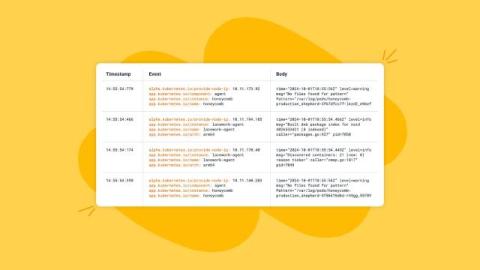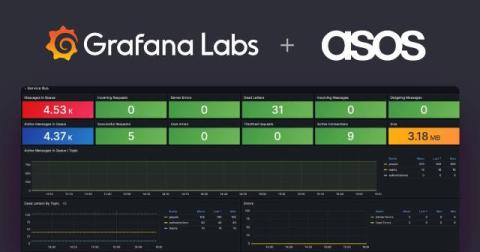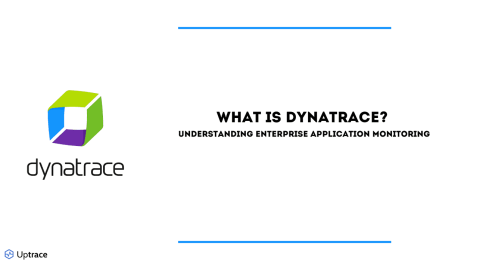Best practices for designing an effective status page
The effectiveness of a status page lies in its design. A poorly structured one can leave users uncertain and searching for clarity, potentially impacting trust and increasing the load on support teams. In contrast, a well-crafted status page delivers more than updates. It provides clear, actionable insights; builds confidence; and reinforces accountability.











